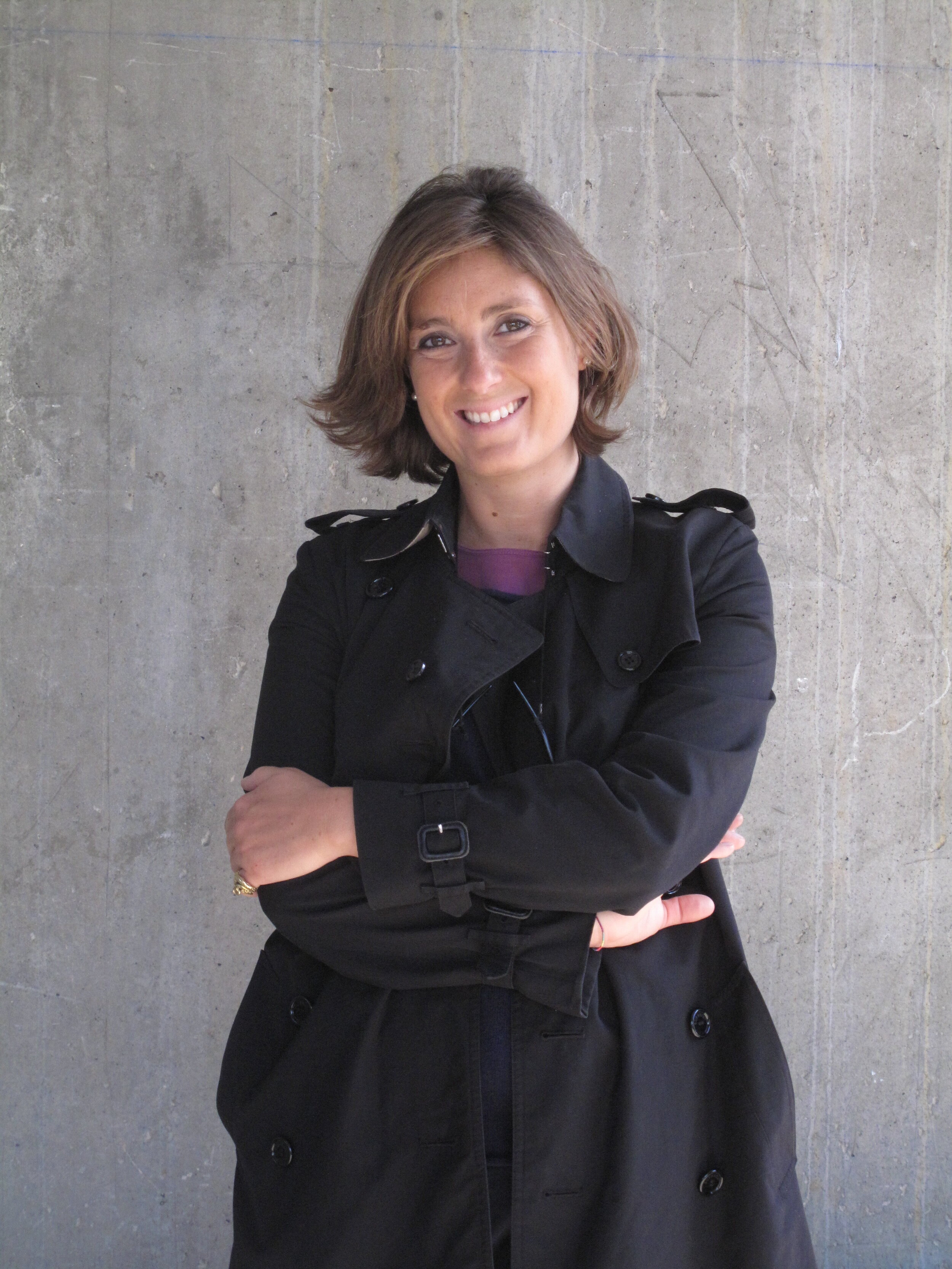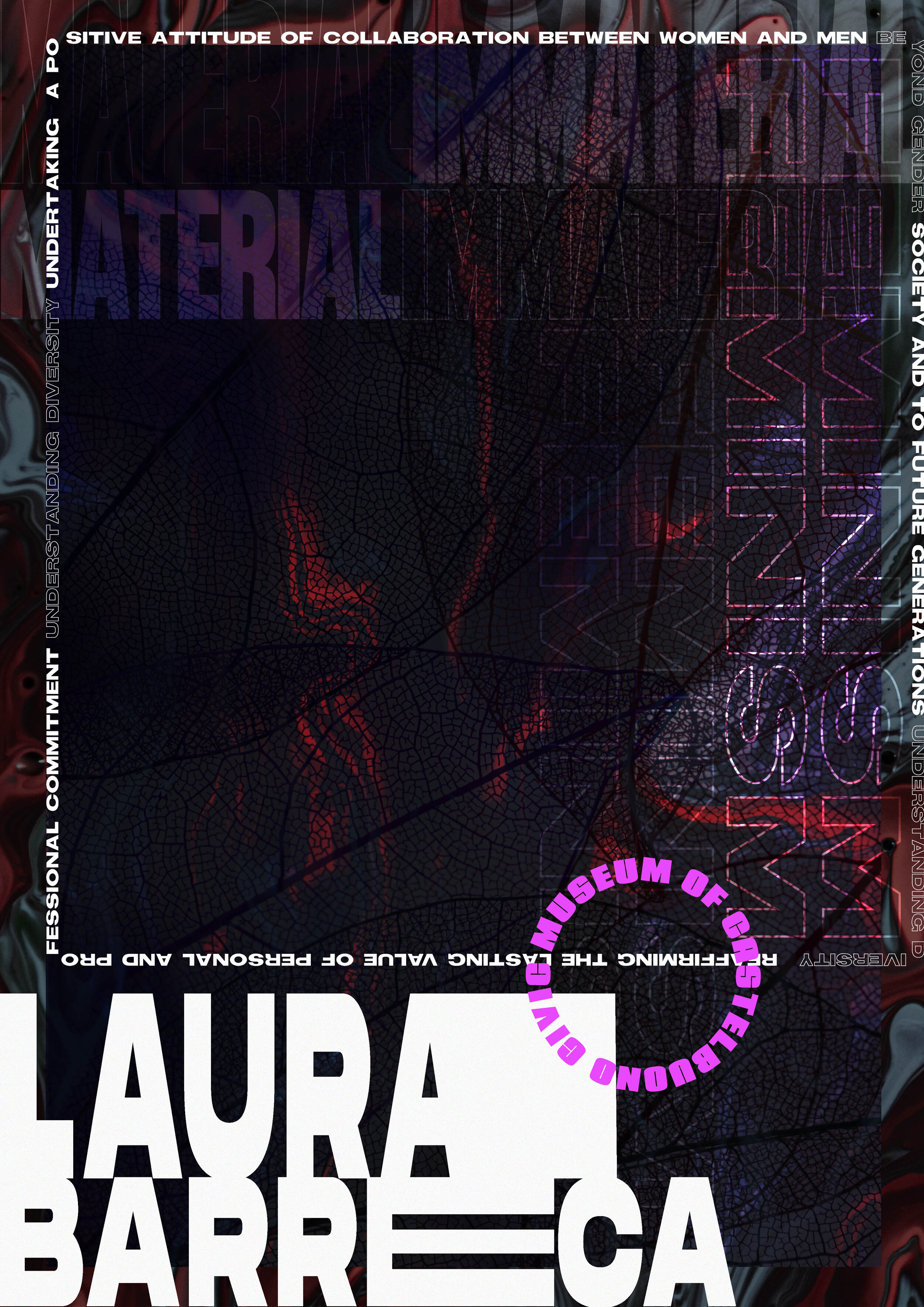Personale è il nuovo format di Talassa Magazine dedicato al mondo dei musei e delle gallerie. È una mostra intima di volti, storie e punti di vista critici degli addetti ai lavori del settore. 3 stagioni da 5 episodi ciascuna. 15 interviste brevi e 15 grafiche inedite d’autore, ispirate alle risposte degli intervistati. Per ogni stagione una domanda è sempre legata a un tema preciso. Il tema della stagione 1 è il femminismo.
Personale is the new format by Talassa Magazine focusing on the world of museums and galleries. It is an intimate exhibition of faces, stories and critical points of view of the sector. It is 3 thematical seasons of 5 episode each; 15 short interviews and 15 original graphics inspired by the interviewees’ answers. For each season, one interview question will be based on a specific topic. The theme of the first season is feminism.
di Clio Biasco, Gabriele Naddeo e Benedetto Puccia
Season 1: Femminismo – Episode 4:
Laura Barreca (Museo Civico di Castelbuono / Centro Arti Plastiche Carrara) / poster: Ana Paiva
1. Chi sei e in cosa consiste il tuo ruolo?
Sono Laura Barreca, ho 43 anni, un compagno e un figlio di sei anni, vivo stabilmente a Palermo, ma anche temporaneamente in tutte le città che mi ospitano per il mio lavoro. Insegno Storia dell’Arte Contemporanea all’Accademia di Belle Arti di Carrara dove, dalla metà del 2019, ho ricevuto l’incarico come Direttrice del CAP-Centro Arti Plastiche. Dal 2014 dirigo il Museo Civico di Castelbuono e mi occupo della gestione museale, della programmazione culturale che è rivolta alla promozione del patrimonio storico-artistico del territorio, e a questioni legate all’area mediterranea, rilette attraverso i linguaggi contemporanei.
Who are you and what is your role?
My name is Laura Barreca, I am 43 years old, I have a partner and a six-years-old son. I live permanently in Palermo, but also temporarily in all the cities that host me for my work. I teach History of Contemporary Art at the Academy of Fine Arts in Carrara where, since mid-2019, I have been appointed Director of the CAP-Center for Plastic Arts. Since 2014, I am the director of the Civic Museum of Castelbuono and I am in charge of the museum management. I also take care of the cultural programming, aimed at promoting the historical and artistic heritage of the territory, and work on issues related to the Mediterranean area, which are reinterpreted through contemporary languages.
2. Come racconteresti il luogo in cui lavori?
Sono diversi i luoghi in cui lavoro, per cui dovrei prima di tutto distinguere gli spazi di lavoro immateriali da quelli materiali. Alla prima categoria appartengono i dispositivi con i quali condivido praticamente la maggior parte del mio tempo: telefono e computer che mi permettono di condurre il lavoro da remoto per più istituzioni. Gli spazi materiali sono due posti bellissimi: il Museo Civico di Castelbuono, che ha sede nel trecentesco Castello dei Ventimiglia (1317) in Sicilia, e il CAP-Centro Arti Plastiche di Carrara un chiostro del XVII secolo che oggi ospita una collezione di arte contemporanea con opere per lo più realizzate in marmo.
How would you describe your workplace?
I have several work places, so I should first of all distinguish between immaterial and material work spaces. Speaking of the immaterial ones, I mean the devices, with which I spend most of my time, namely mobile phone and computer, that allow me to work work remotely for multiple institutions. The material spaces are two beautiful places: the Civic Museum of Castelbuono, which is located in the fourteenth-century Castle of the Ventimiglia (1317) in Sicily, and the CAP – the Center of Plastic Arts of Carrara, a cloister of the seventeenth century that today hosts a collection of contemporary art with artworks mostly made of marble.
3. Una mostra che ti ha cambiato la vita?
Nel 1998, la mostra Minimalia. Da Giacomo Balla a…, curata da Achille Bonito Oliva al Palazzo delle Esposizioni di Roma. Una esposizione collettiva di artisti italiani con le opere di Vincenzo Agnetti, Alighiero Boetti, Lucio Fontana e molti altri. Ricordo ancora lo stupore di quando mi sono ritrovata di fronte alla Triplice tenda di Carla Accardi. Un monumento leggero e potentissimo, di un materiale trasparente che costruiva un luogo da attraversare con lo sguardo, un’opera che entrava nello spazio fisico dello spettatore, oltre che estenderne il campo visivo. Per me è stata una rivoluzione estetica, e forse in quel momento ho avuto contezza delle infinite possibilità dell’arte contemporanea.
What is an exhibition that changed your life?
An exhibition from 1998 called Minimalia. From Giacomo Balla to…, curated by Achille Bonito Oliva at Palazzo delle Esposizioni in Rome. It was a collective exhibition of Italian artists, including works by Vincenzo Agnetti, Alighiero Boetti, Lucio Fontana and many others. I can still remember my amazement when I found myself in front of Triplice Tenda (Triple Tent) by Carla Accardi. It is a light and very powerful monument, made of a transparent material which created a new space that invited your eyes to look through. This artwork entered the physical space of the viewers as well as extending their visual field. It was an aesthetic revolution to me, and perhaps it was on that moment I became fully aware of the infinite possibilities of contemporary art.
poster by Ana Paiva
4. Una problematica attuale legata al tuo settore?
La mancanza di adeguati investimenti nell’industria culturale e per i beni culturali; la dispersione di capitale umano rappresentato dai laureati che in Italia non trovano possibilità di lavoro o percorsi professionalizzanti. È sconfortante vedere quanti bravissimi allievi abbandonano il nostro paese dopo avere conseguito eccellenti percorsi formativi nelle nostre Accademie e Università. Un sistema che non premia il merito, non offre prospettive di lavoro e dissipa le sue migliori menti non potrà mai essere competitivo in un contesto internazionale.
Can you tell us about a current issue related to your sector?
The lack of adequate investments in the cultural industry and in cultural heritage as well as the dispersion of the human capital represented by graduates who can’t find job opportunities or vocational paths in Italy. It’s disheartening seeing how many good students leave our country after having achieved excellent training courses in our Academies and Universities. A system that does not reward merit, offers no job prospects and dissipates its best minds, can never be competitive in an international context.
5. Cosa pensi si possa fare nel concreto per migliorare la situazione al riguardo?
C’è bisogno di azioni politiche di investimento culturale e più fondi per la ricerca scientifica, ma pare che i governi più recenti non avessero questa priorità. Continuare a fare bene, anzi meglio, ognuno nel proprio ambito, sostenere progetti di rilancio culturale, investire in attività che hanno come obiettivo la crescita collettiva sono atteggiamenti individuali che possono indirizzare e cambiare l’orientamento comune. Poi scegliere bene dentro l’urna elettorale, dando il proprio voto a chi sostiene lo sviluppo e il supporto del settore culturale come obiettivo prioritario nel programma elettorale!
What do you think the sector could do to address this issue?
There is a need for political investments and more funds for scientific research, but it seems that the latest governments did not have this priority. We need to continue to do well our job, in fact to do it better, each one in their own environment, supporting projects of cultural relaunch and investing in activities that aim at a collective growth. These are individual attitudes that can direct and change the common orientation. Then, we need to choose well during political elections, voting those who really support the development of the cultural sector, by prioritising it in their electoral programs!
6. Cosa significa per te femminismo?
Significa riaffermare il valore duraturo dell’impegno personale e professionale, anche al di là del genere, significa comprendere la diversità e intraprendere un atteggiamento positivo, di collaborazione tra donne e uomini. Significa però anche scardinare un sistema di produzione culturale, economica, sociale radicata ancora su basi patriarcali e maschiliste, attraverso un atteggiamento alternativo, mai vittimistico che comporta invece una forma di ghettizzazione al femminile. La nuova lotta femminista sta nell’impegno che ogni donna, e ogni uomo, mettono nel proprio essere al mondo, nei valori trasmissibili alla società e alle future generazioni.
What does feminism mean to you?
It means reaffirming the long-lasting value of personal and professional commitment, even beyond gender; it means understanding diversity and undertaking a positive attitude of collaboration between women and men. It also means disrupting a system of cultural, economic and social production that is still rooted on patriarchal and male-dominated grounds, with an attitude that should be alternative and without self-pity, as this would otherwise produce a form of female ghettoization. The new feminist struggle lies in the commitment that every woman, and every man, puts in their being in the world as well as in the values to be trasmitted to the society and to future generations.
7. Ti va di consigliarci 1 addetto ai lavori, 1 mostra e 1 libro o catalogo?
Un’addetta ai lavori: Maria Luisa Frisa, docente allo IUAV di Venezia, esperta di moda e costume, giornalista, saggista.
Una mostra: “La vetreria M.V.M. Cappellin e il giovane Carlo Scarpa 1925-1931′′, curata da Marino Barovier e dedicata alla vetreria gestita da Giacomo Cappellin tra il 1921 e il 1931, Isola di San Giorgio Maggiore a Venezia.
Un libro: Il monte analogo di Renè Daumal.
Would you like to suggest us 1 person from the sector that inspires you, then 1 exhibition and 1 book or catalogue that we should not miss?
A person from the sector: Maria Luisa Frisa, professor at IUAV in Venice, fashion and costume expert, journalist and essayist.
An exhibition: “La vetreria M.V.M. Cappellin e il giovane Carlo Scarpa 1925-1931′′ (The M.V.M. Cappellin and the young Carlo Scarpa 1925-1931), curated by Marino Barovier and dedicated to the glassworks shop run by Giacomo Cappellin at San Giorgio Maggiore Island in Venice between 1921 and 1931.
A book: “Il monte analogo” (Mount analogue) by René Daumal.



